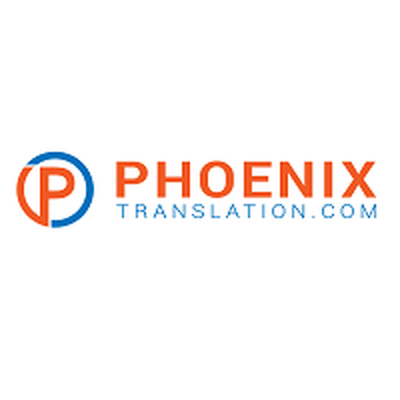More from Phoenix Translation
More in Politics
Related Blogs
Archives
Social Share
Top Challenges in Medical Document Translation and How to Overcome Them
Body
Clarity and precision are crucial in the healthcare industry. Medical document translation is essential to guaranteeing the accurate communication of information between languages, which affects everything from patient safety to legal compliance. However, interpreting medical records is not without its difficulties. This is where medical document translation services come into the role.
Comprehending these challenges and putting measures in place to overcome them can majorly enhance the caliber and consistency of translated medical information.
Complex Medical Terminology
Medical documents commonly use specialized vocabulary that is challenging to translate and requires a thorough comprehension of medical principles. It is possible for terms to have particular meanings in one language that do not directly translate into another. Improper management of this complexity may result in errors.
Solution: Hire qualified medical translation service providers who are conversant in the relevant terminology and have a solid foundation in medical science. Using glossaries and reference resources tailored to the medical industry can also aid in maintaining accuracy and consistency. Translators are guaranteed to have access to the most recent terminology through regular updates to these resources.
Cultural Sensitivity
Regionally distinct customs or cultural allusions may be found in medical records. One culture's norm or acceptable behavior may not apply to another. Misunderstanding these cultural quirks can result in detrimental effects and misconceptions.
Solution: Ensure the providers of medical translation services are aware of cultural differences and proficient in the target language. They must be aware of the cultural background of the audience to deliver accurate and culturally suitable translations to the target audience. Understanding these cultural differences might be aided by working with local specialists.
Regulatory Compliance
Standards and laws pertaining to medical documentation vary across nations. It is essential to respect the diverse regulatory requirements when translating papers for international use, as they can be complex and vary significantly across jurisdictions.
Solution: Collaborate with translation services that have managed regulatory compliance in different jurisdictions before. These services ought to be knowledgeable about the particular regulations that apply in each nation and ensure adherence to regional legal and medical requirements.
Maintaining Confidentiality
Healthcare professionals need to handle medical records with the highest confidentiality as they generally include sensitive patient information. Any data security breach may have detrimental effects on the law and society.
Solution: Select translation services that follow strict data security guidelines. Ensure that they abide by applicable data protection laws, such as HIPAA in the US and GDPR in Europe. Patient data is further protected by using secure document exchange and storage procedures.
Consistency in Translation
Consistency is crucial when translating medical texts, particularly when handling multi-page papers or terms and phrases that are repeated. Translation errors can cause misunderstandings and even endanger health care.
Solution: Make sure that terminology is used consistently throughout the document by utilizing translation memory tools, which store previously translated segments. Translations should be reviewed and proofread on a regular basis to ensure consistency and identify any mistakes or inconsistencies.
Technical Accuracy
Medical records generally include technical details such as medication dosages, treatment schedules, and diagnostic standards. Any mistakes made when translating these specifics could have a big impact on patient treatment.
Solution: Work along with interpreters who specialize in the relevant medical subject. Including subject matter experts in the translation review process can assist in guaranteeing technical correctness and accuracy.
Although translating medical documents is a challenging undertaking with multiple challenges, the quality of the translated text can be substantially improved by comprehending and resolving these issues. Healthcare providers can guarantee that their translations meet the highest standards of accuracy and dependability by hiring qualified translators, taking cultural differences into consideration, following legal requirements, safeguarding patient confidentiality, maintaining consistency, and confirming technical accuracy.












Comments